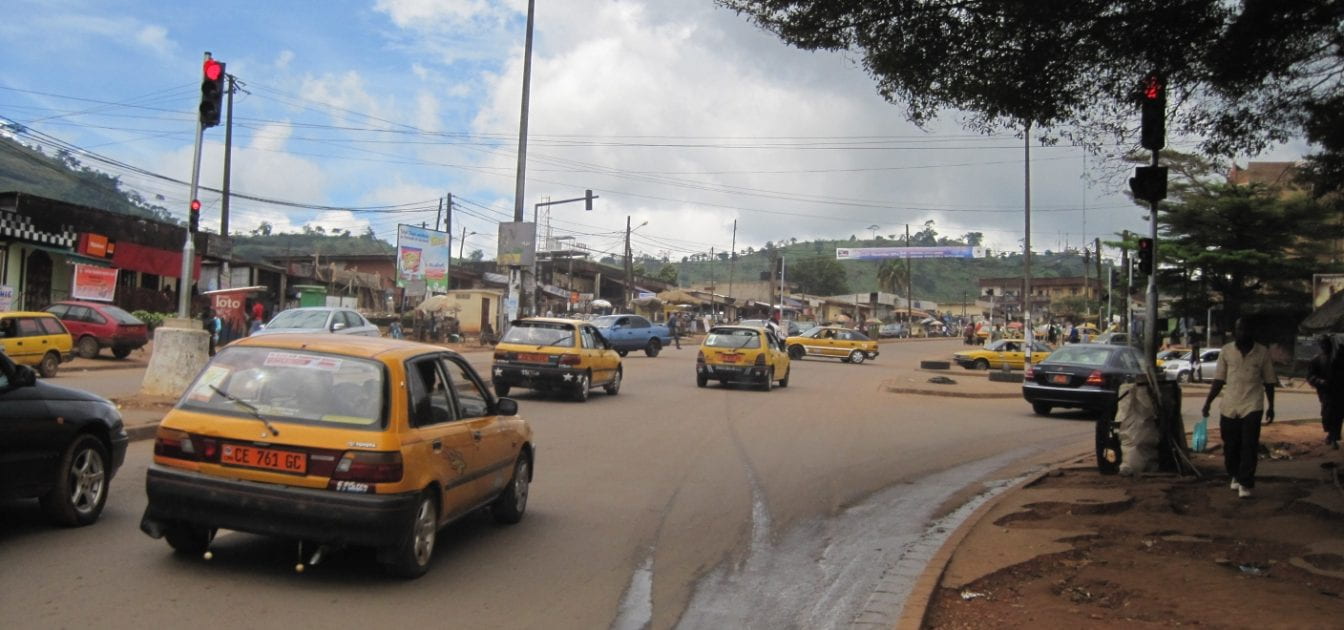I have traveled to Cameroon on several occasions to conduct field research and learned that getting around can be quite a challenge for newcomers. Catching a ride in the capital Yaoundé involves an intricate social proceeding that’s not for the faint of heart. There are no public city buses; and unlike Nairobi’s colourful matatus or Abidjan’s infamous gbakas, Yaoundé does not feature an improvised urban transit system made up of (more or less regulated) privately-owned minibuses. And although Uber now offers its ride-sharing concept in Lagos, Accra and Abuja, it has not (yet) extended its networks to any other urban centres in Central or West Africa. Instead, Yaoundé’s streets are dominated by a vast fleet of bright yellow share taxis.
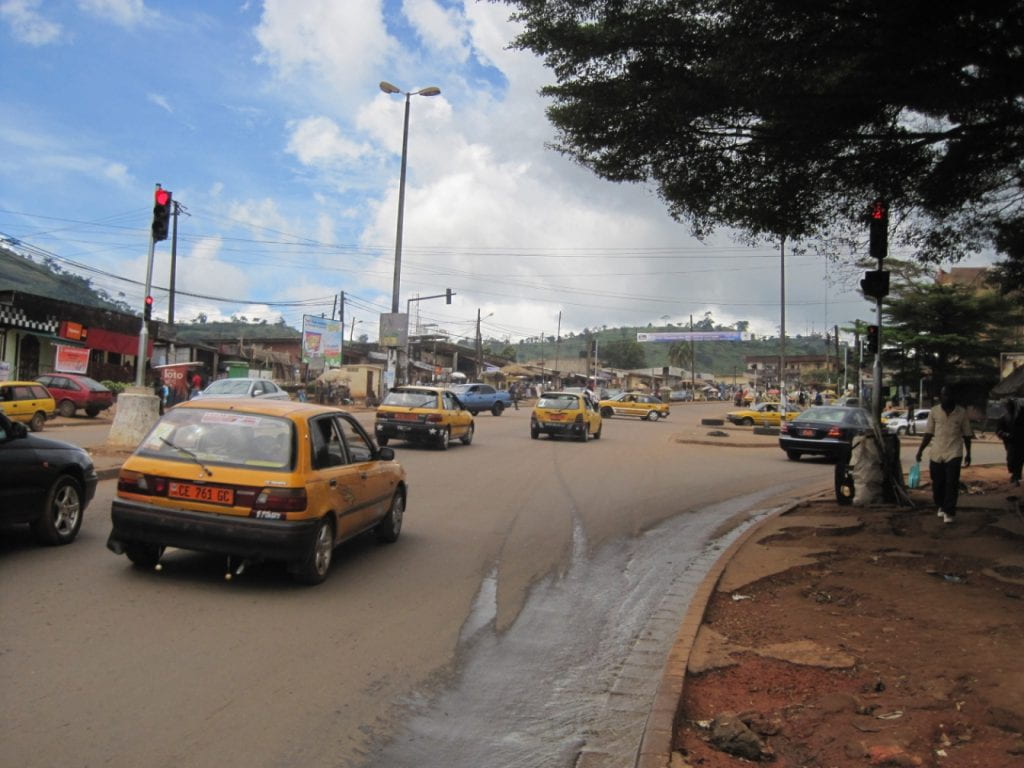
Many of these cars are in a dilapidated state. Stickers on the back provide hints about their origins: “D” stands for “Deutschland”, “A” for Austria, “CH” for Switzerland. Every now and then, you’ll encounter an “F” or an “NL” sticker. This type of adornment was a common way to display national pride among motorists in Europe in the late 20th century, before the European Union introduced standardized license plates. So, if you ever wondered what happens to all the old cars that no longer pass European technical inspection standards, look no further. A massive market exists for these vehicles in urban sub-Saharan Africa, and Cameroon’s taxi drivers’ unions are loyal customers. The syndicates are in charge of registering the vehicles in the country and giving them their distinctive colour. Before they hit the streets, two important pieces of information are painted by hand just above the back bumper: the legal speed limit (“60 km/h” – merely a pipe dream in Yaoundé’s overcrowded and pothole-strewn streets) and the number of available seats. Here, on their tail end, standard passenger cars proudly proclaim that they offer “5 Places”.
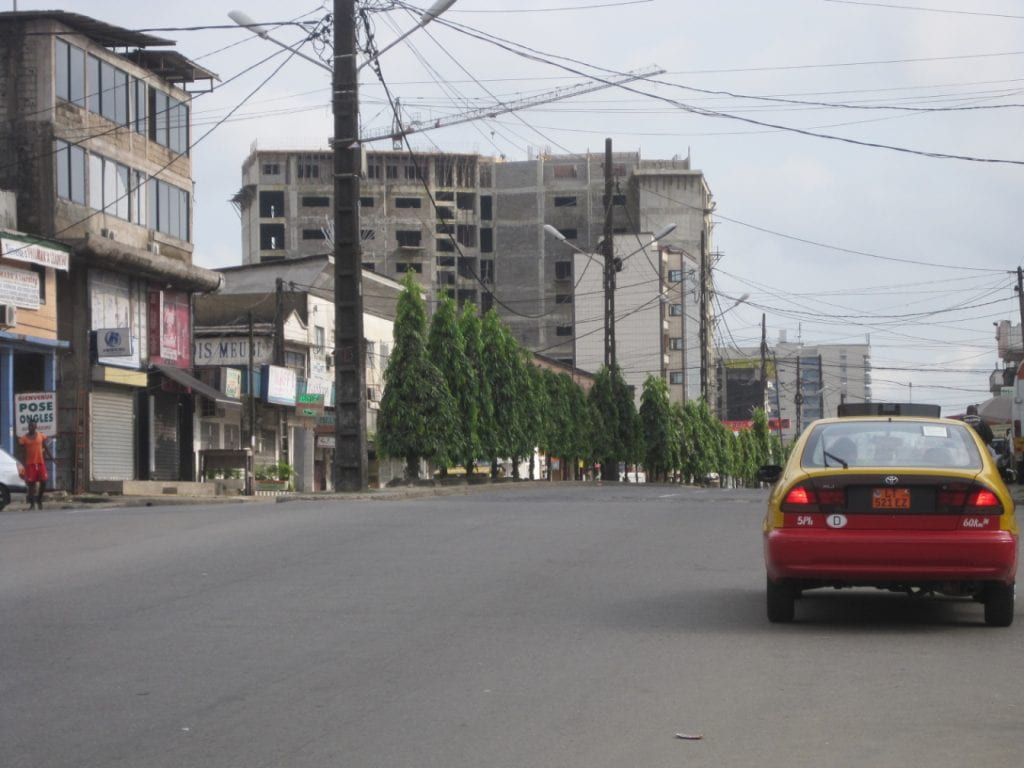
How does sharing these taxis work, without any designated routes or stops? This is your essential guide to riding a taxi in Yaoundé: You start out by standing on the road side or strolling in the general direction of your destination. (Unfortunately, this requires you to have at least a vague idea about the broad layout of the capital. City maps don’t help because the average taxi driver isn’t familiar with the concept, and street addresses aren’t a thing in Yaoundé anyway. Instead, destinations are determined in reference to well-known landmarks, major roundabouts and specific buildings.) Whenever a taxi with an available seat comes by, the driver will honk briefly and slow down a bit – without coming to a complete stop, mind you. Should you be looking for a taxi ride, you now have a brief moment to loudly holler your destination through the open window, past the other passengers. In most cases, the driver will hit the gas pedal without another glance at you. Translated, this simply means that he’s not currently going into that general direction. If you are lucky, however, he will honk again briefly and pull over for you (typically 10 meters ahead, because he never fully stopped and had to think about whether or not the requested trip would be worth his while). That’s an invitation to board the vehicle.

Now, things can get pretty tight inside. That’s because the advertised “5 places” do not take into account the driver. Hence, these taxis – whether they are station wagons, sedans or tiny little compact cars – officially offer room for five grown people: three in the back and two(!) on the passenger seat. Which results in some hilarious sights during rush hour traffic. It is not at all uncommon to see two elegantly dressed corpulent businessmen squeeze themselves into the shotgun of a fully loaded tiny hatchback. Even in the backseat, it often gets rather cozy. Personal distance isn’t quite the same in West Africa as it is in Europe or North America. There’s no need to make a fuss about getting your shoulder caught up tightly in the sweaty armpit of the lady next to you. In fact, it’s an opportune moment to make a new friend. A typical taxi ride brings together a colourful mix of white-collar professionals, people carrying heavy loads on their way home from the market, school children, and young mothers with their babies (who naturally don’t count as a grown person and therefore also fit into an already fully occupied taxi).
For short trips, this adventure costs 250 CFA francs per person. That’s €0.38 or approximately $0.60 in Canadian dollars. At night, it’s 300 francs for the same trip. For longer tours, you have to bargain over the price with the driver, or simply ask for a ‘dépot’ – that’s a set rate of 2,500 francs for a direct drop-off without picking up any other guests. The fixed prices are the results of negotiations between the taxi unions and the government. The latest increase dates back to 2014, when the prices for regular trips were raised by 50 francs in a move that drew the ire of commuters. Knowing the rules is a distinct advantage, because the unassuming newcomer must be wary of rip-offs. Whenever I arrive in Yaoundé by bus, I am crowded by eager taxi drivers who usually offer a ‘special price’ of 2,000 francs to take me to my apartment. I have learned to kindly decline, walk a hundred meters to the main road and take the first regular taxi that passes by, which will drop me off for the normal rate of 250 francs without fail.
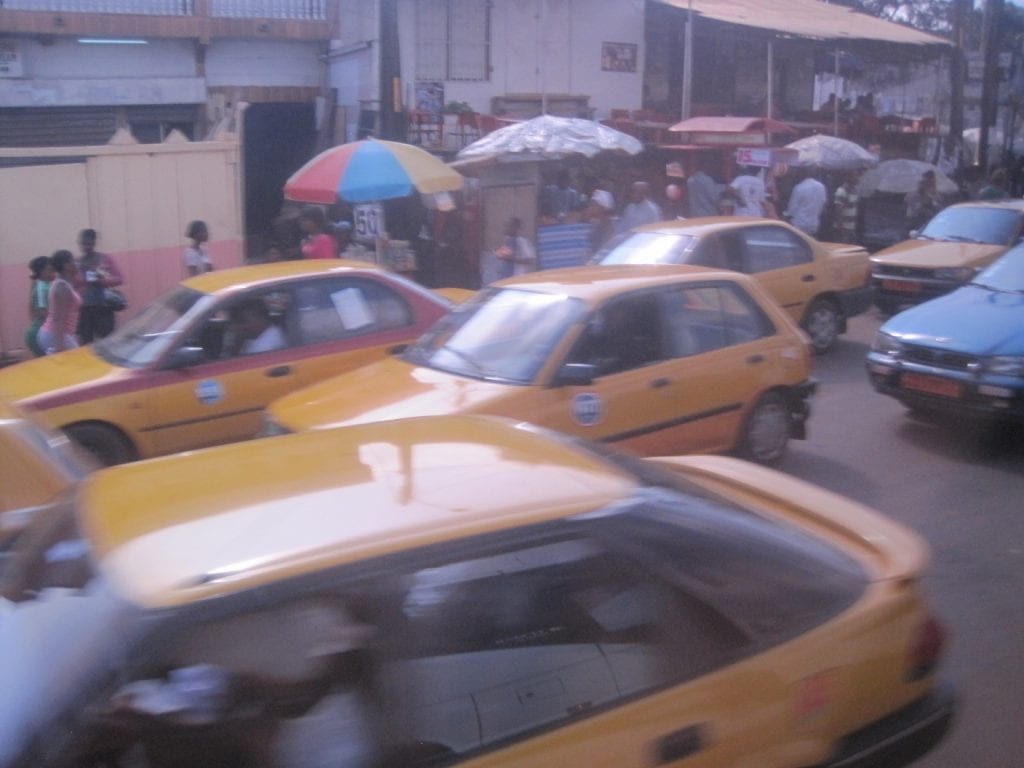
Once you know the basics, the whole system turns out to be surprisingly efficient. Even though you often get turned down, there are always plenty of taxis around that will stop for you. If you can’t find a driver who will take you to a specific place directly, you simply organize your trip in stages. Along the exit roads of the city’s major roundabouts, long lines of people wait patiently to shout their desired destination at every taxi that passes. It usually doesn’t take long to find a match. Most taxis commute back and forth along the city’s major roads – which isn’t all that different from an urban transit system with fixed routes. Although I will probably never fully grasp all the intricacies involved in the Cameroonian taxi business, I’ve learned to appreciate it. What first seemed like a chaotic mess to me is actually a sophisticated system that works for the people of Yaoundé.
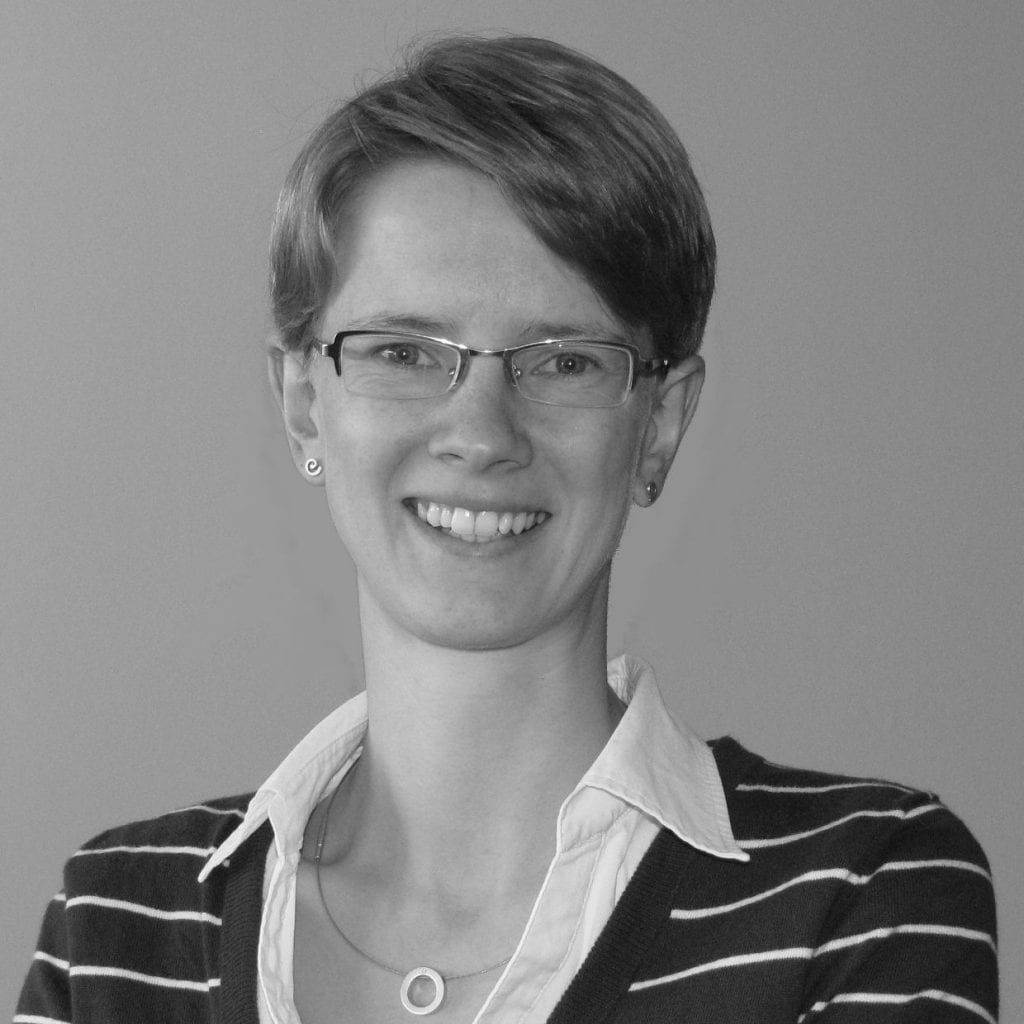
Dr. Steffi Hamann is an Assistant Professor in the Political Science Department with research and service duties in the International Development Studies Program. Dr. Hamann is also the faculty supervisor for Future-proof Development.


